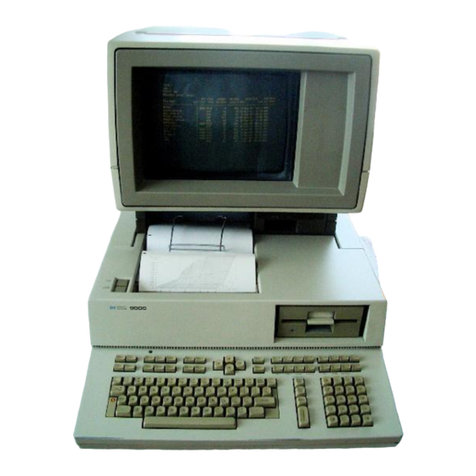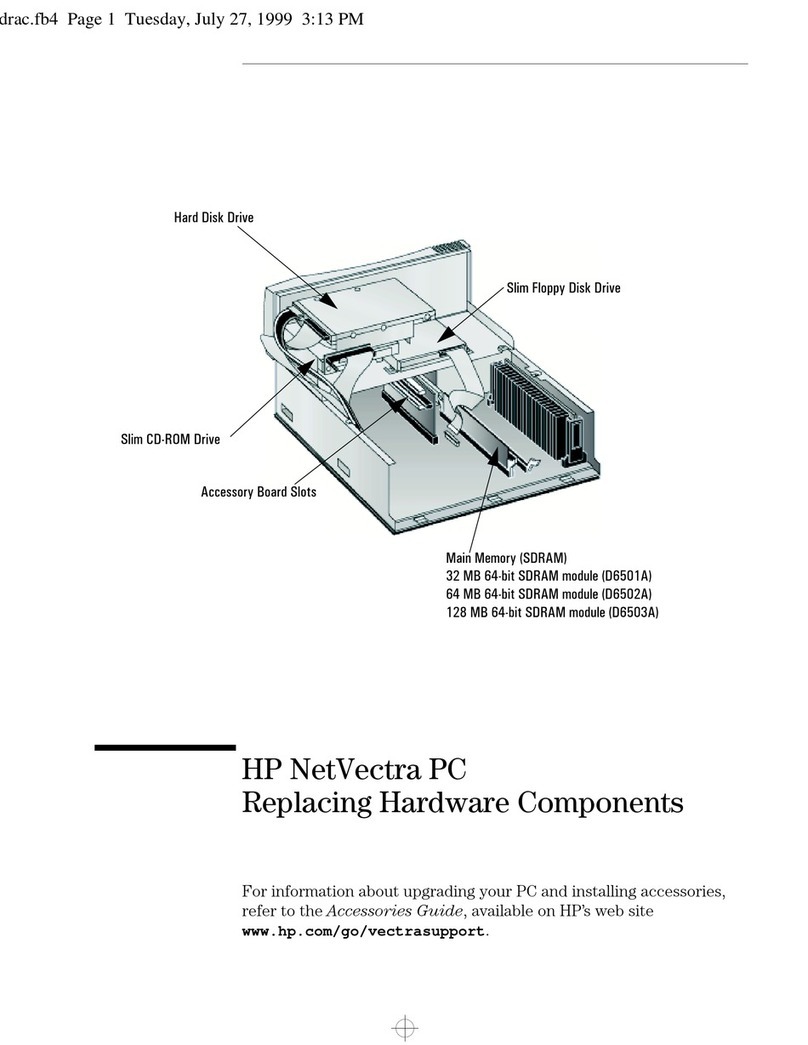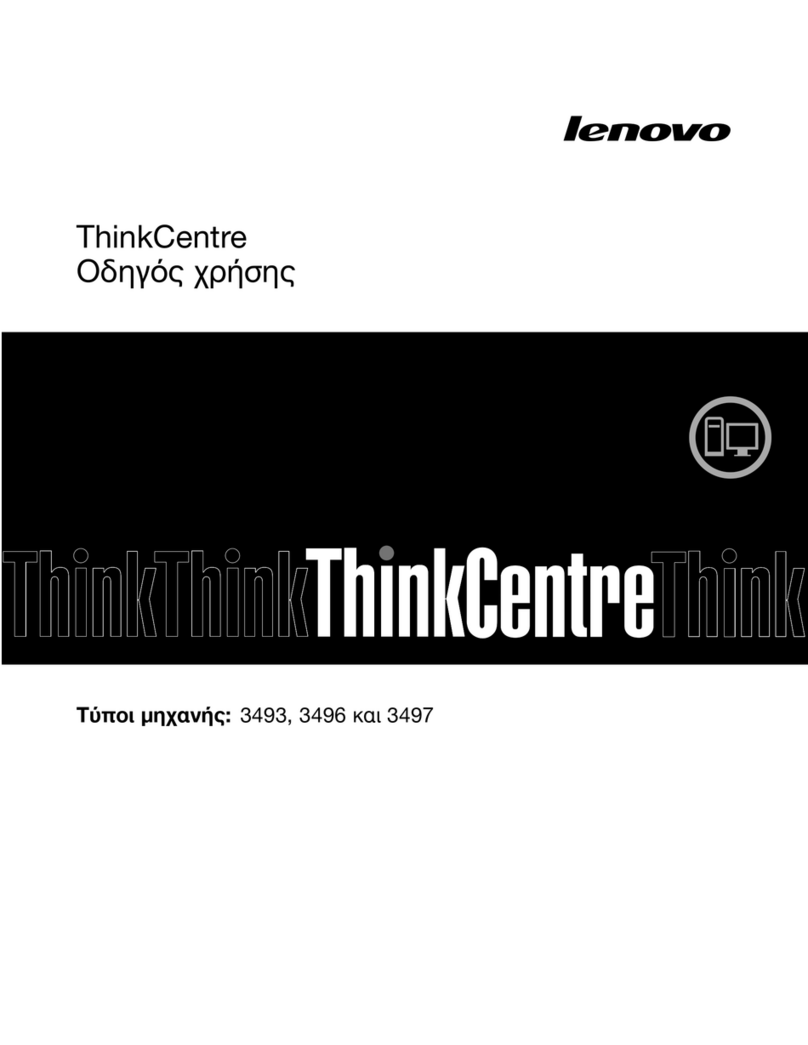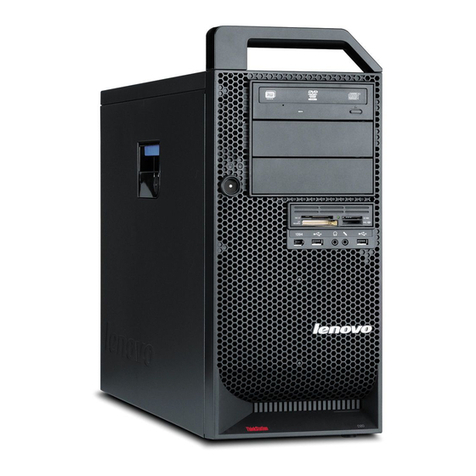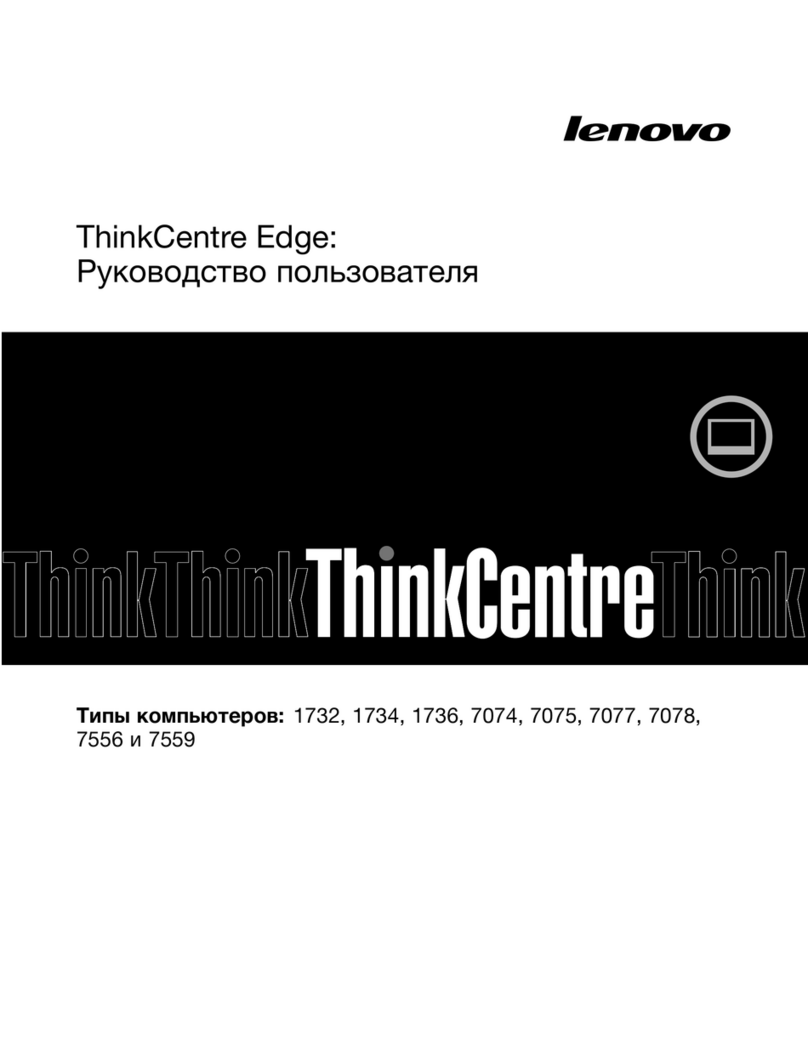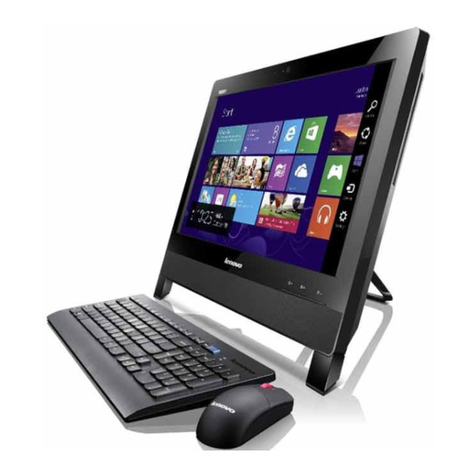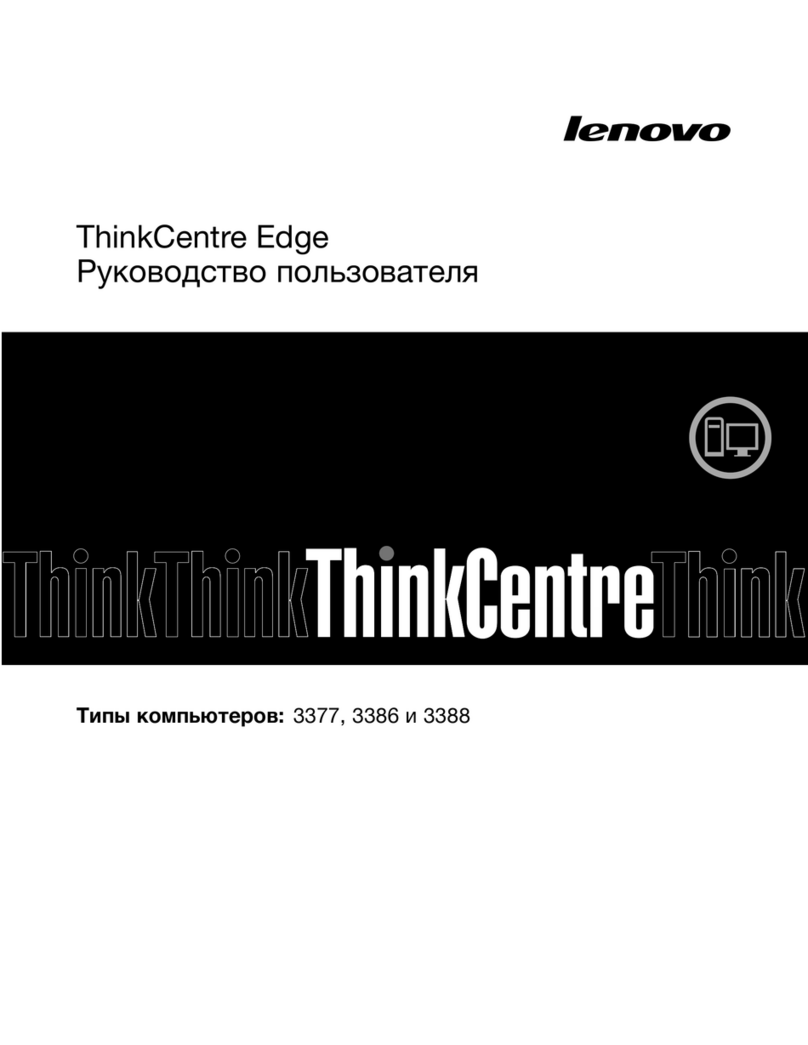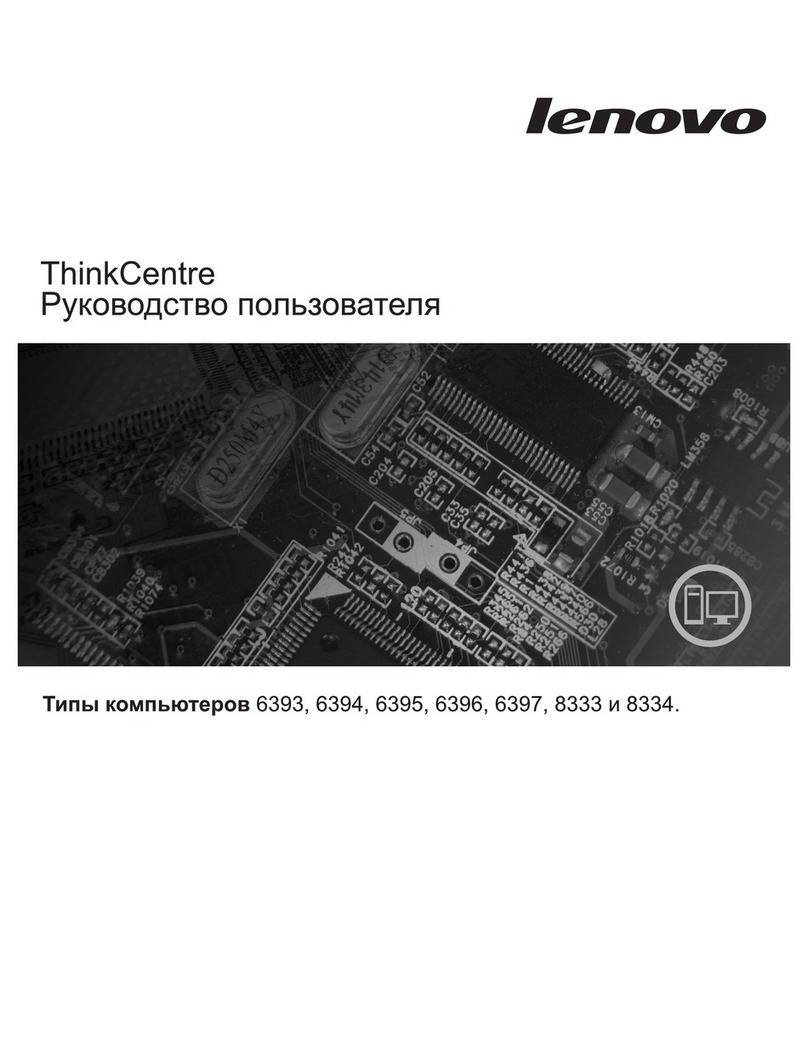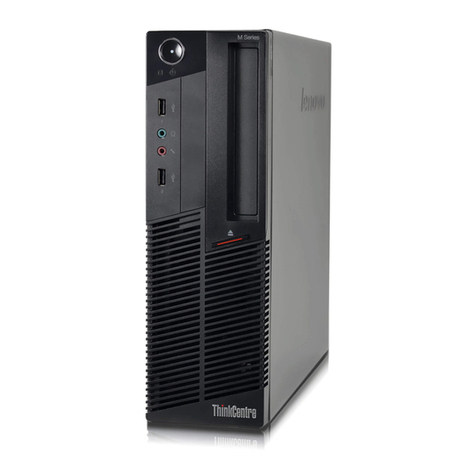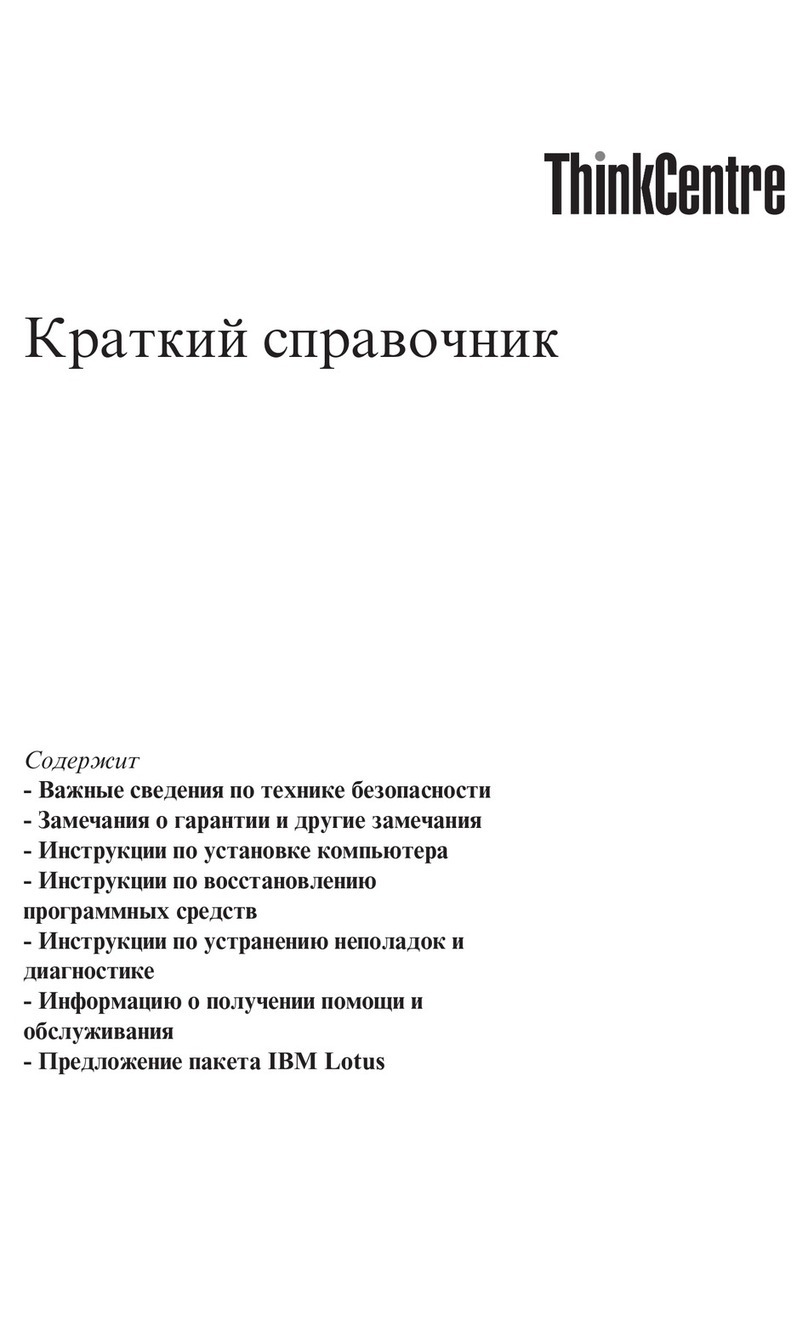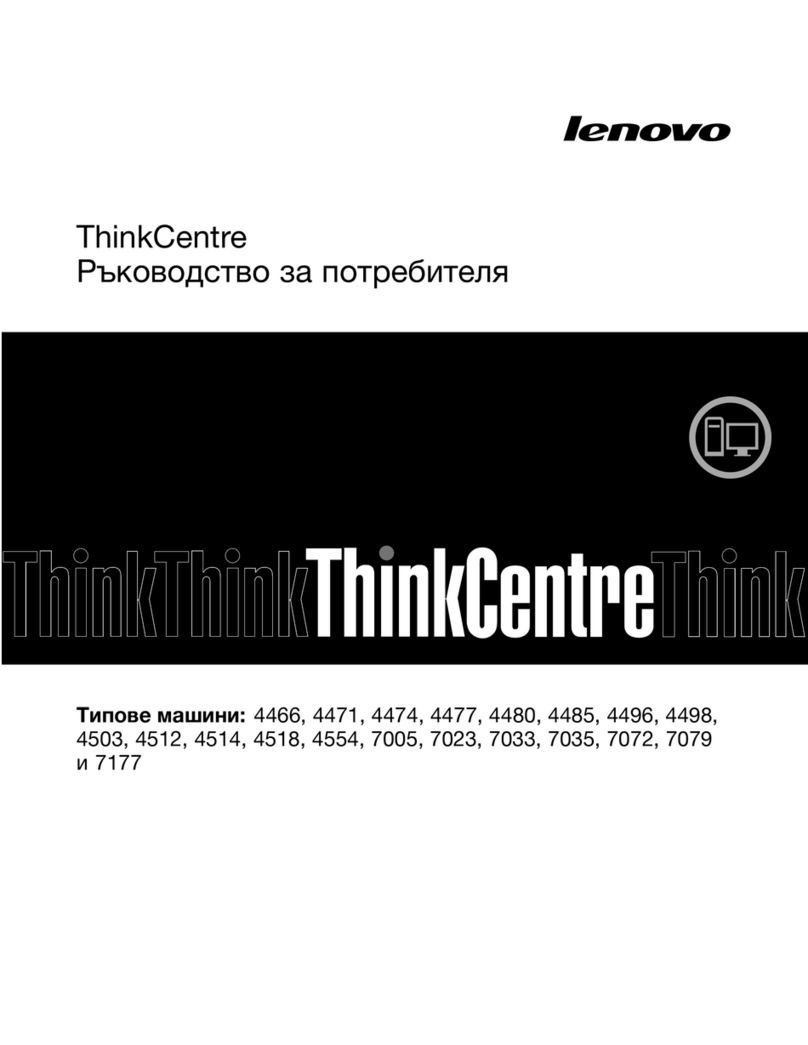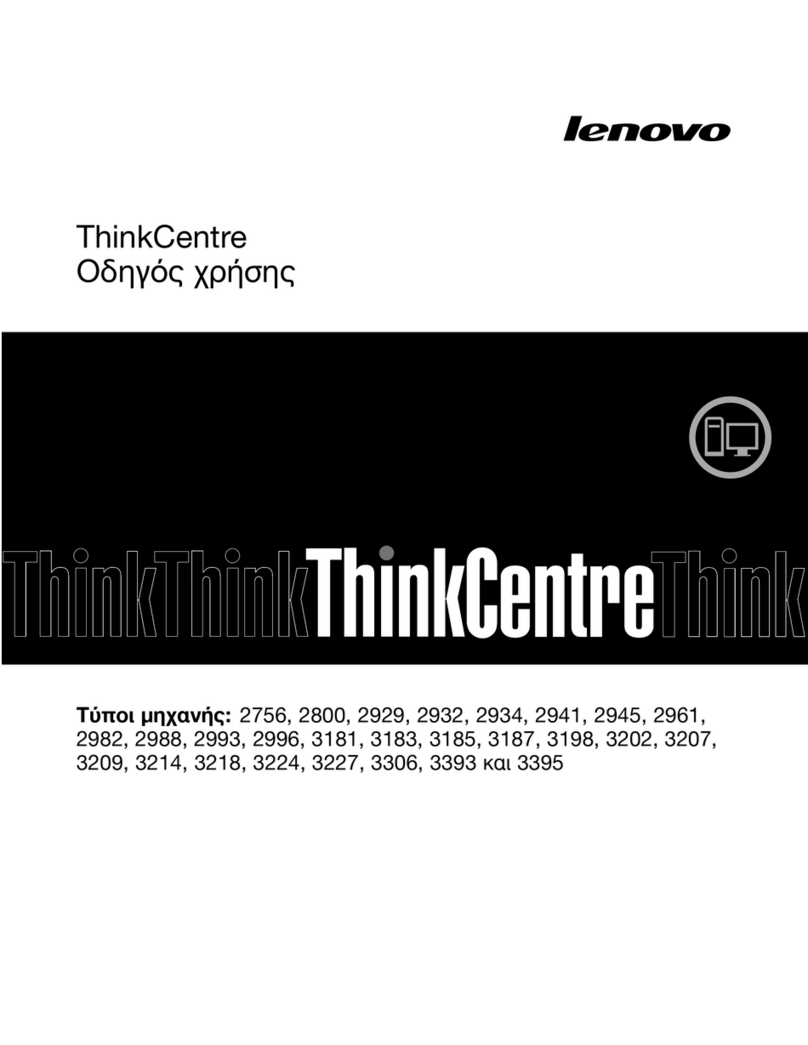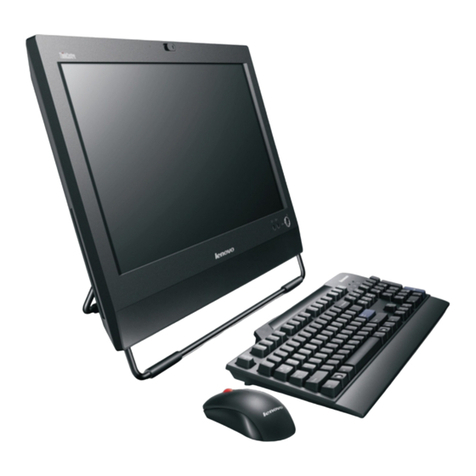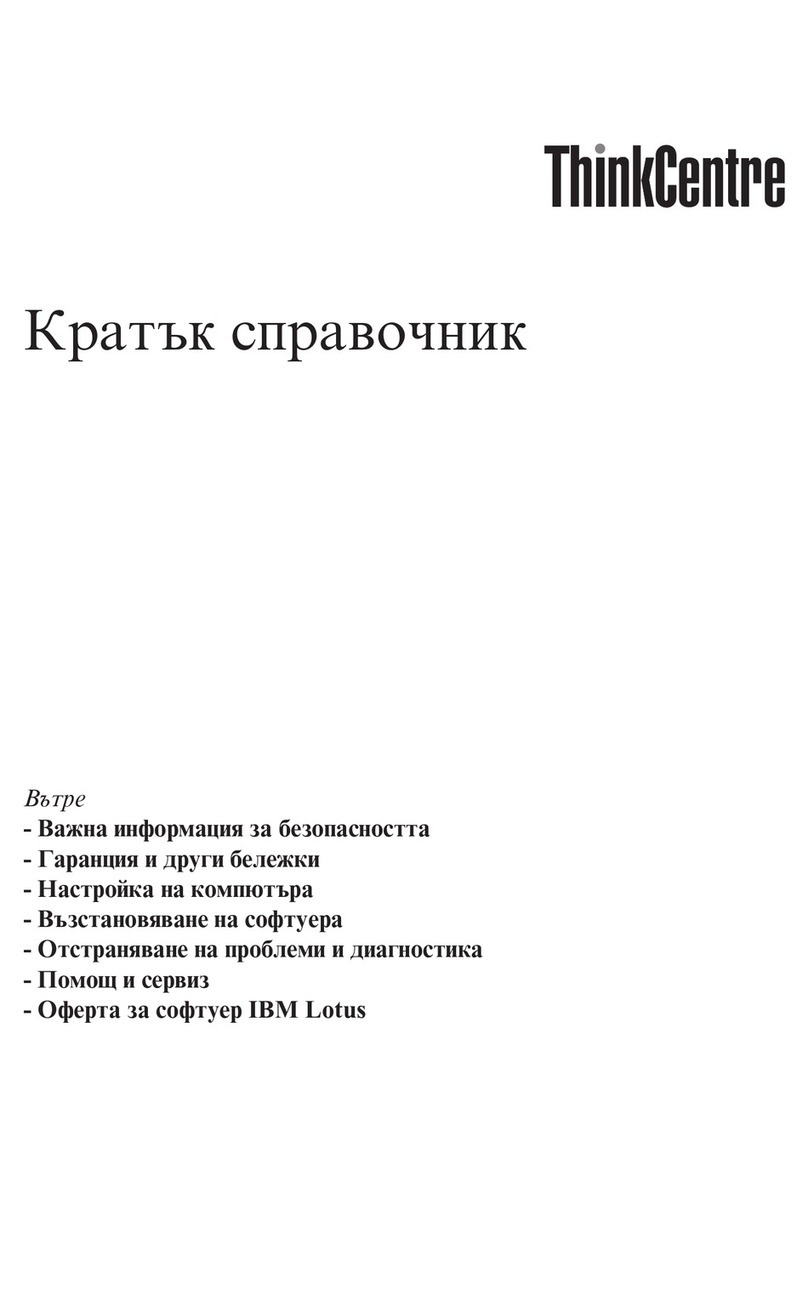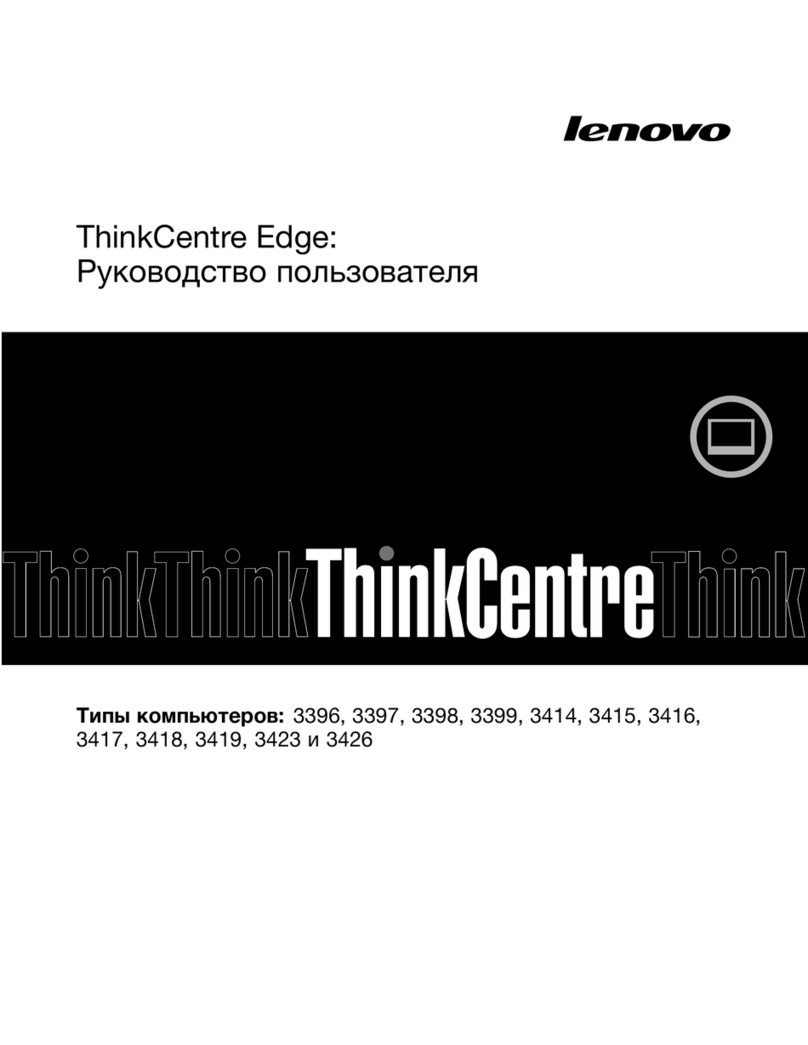HP 9000 Series 300 Operation instructions
Other HP Desktop manuals

HP
HP Pavilion a100 - Desktop PC Installation instructions

HP
HP Pavilion t900 - Desktop PC User manual

HP
HP Xw4600 - Workstation - 2 GB RAM Installation guide
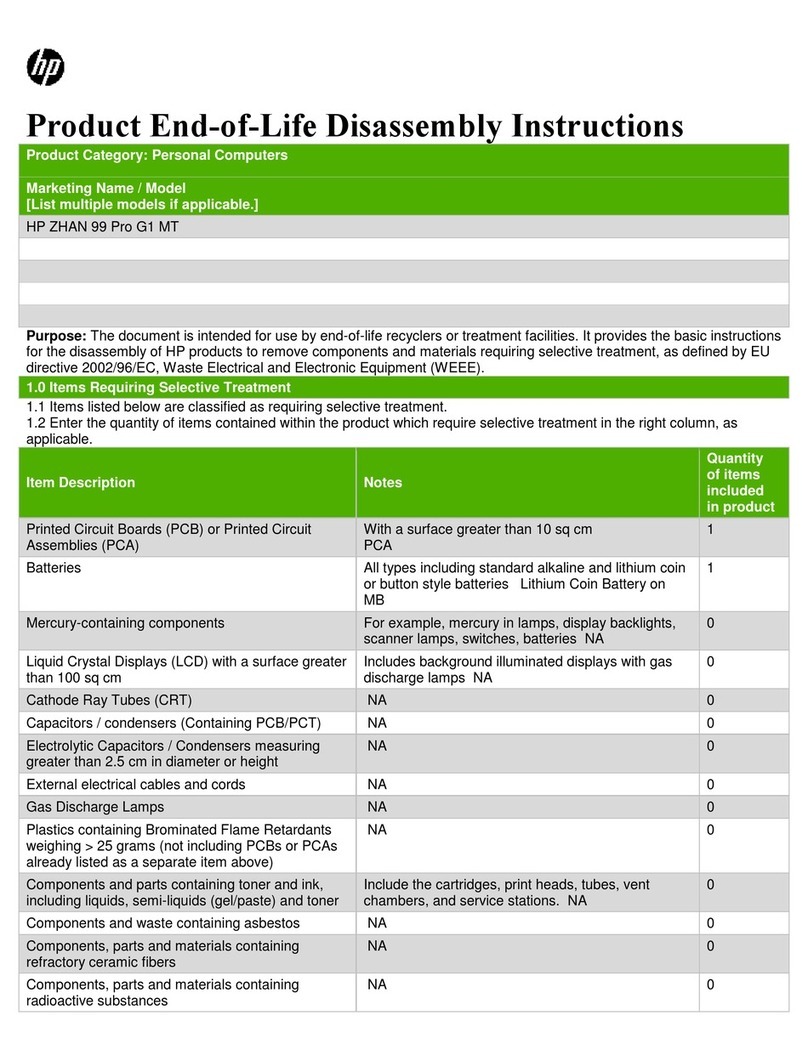
HP
HP ZHAN 99 Pro G1 Installation instructions

HP
HP Pavilion 364 User manual
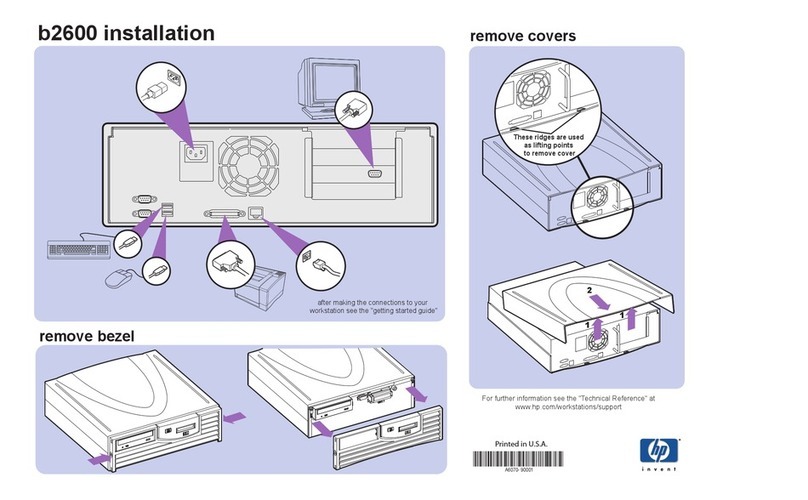
HP
HP b2600 User manual
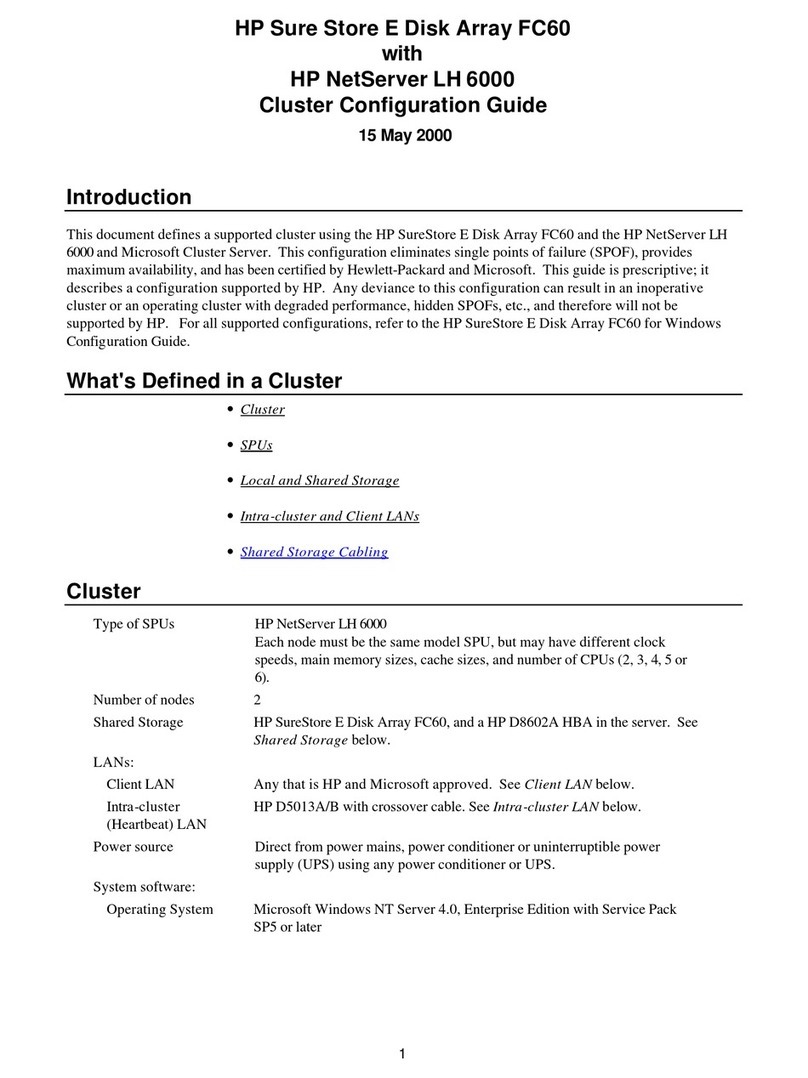
HP
HP D7171A - NetServer - LPr User manual
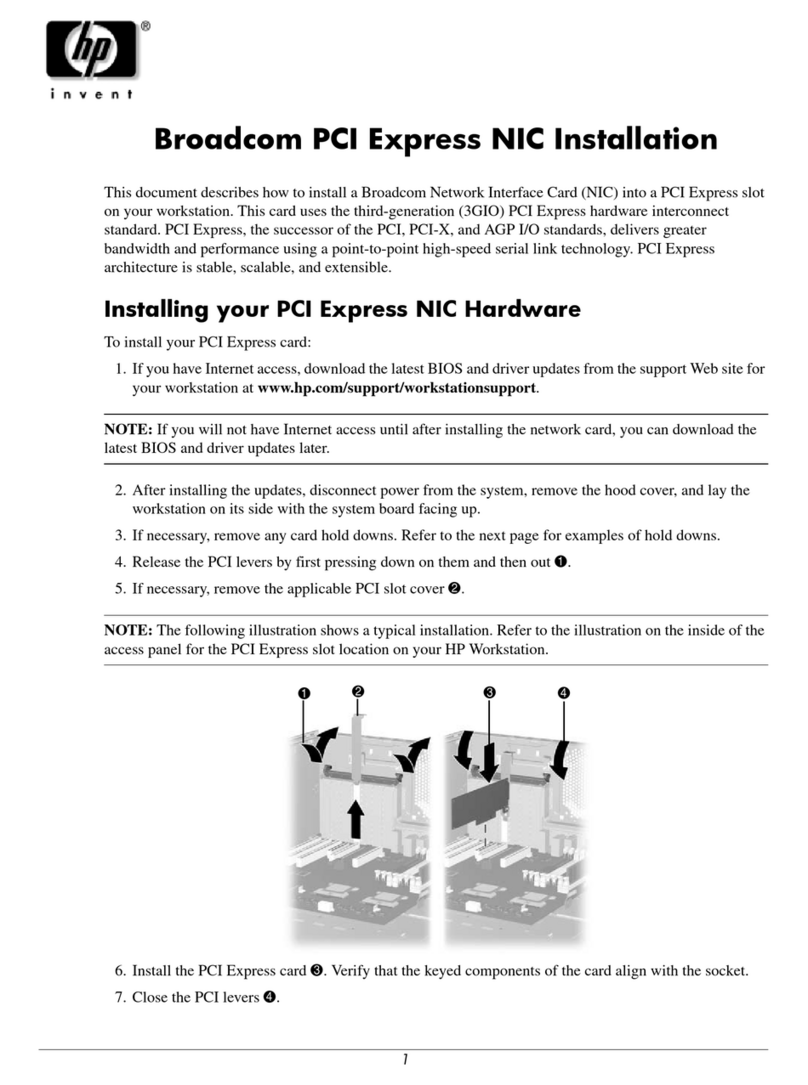
HP
HP Xw4300 - Workstation - 2 GB RAM User manual

HP
HP Compaq Presario Manual
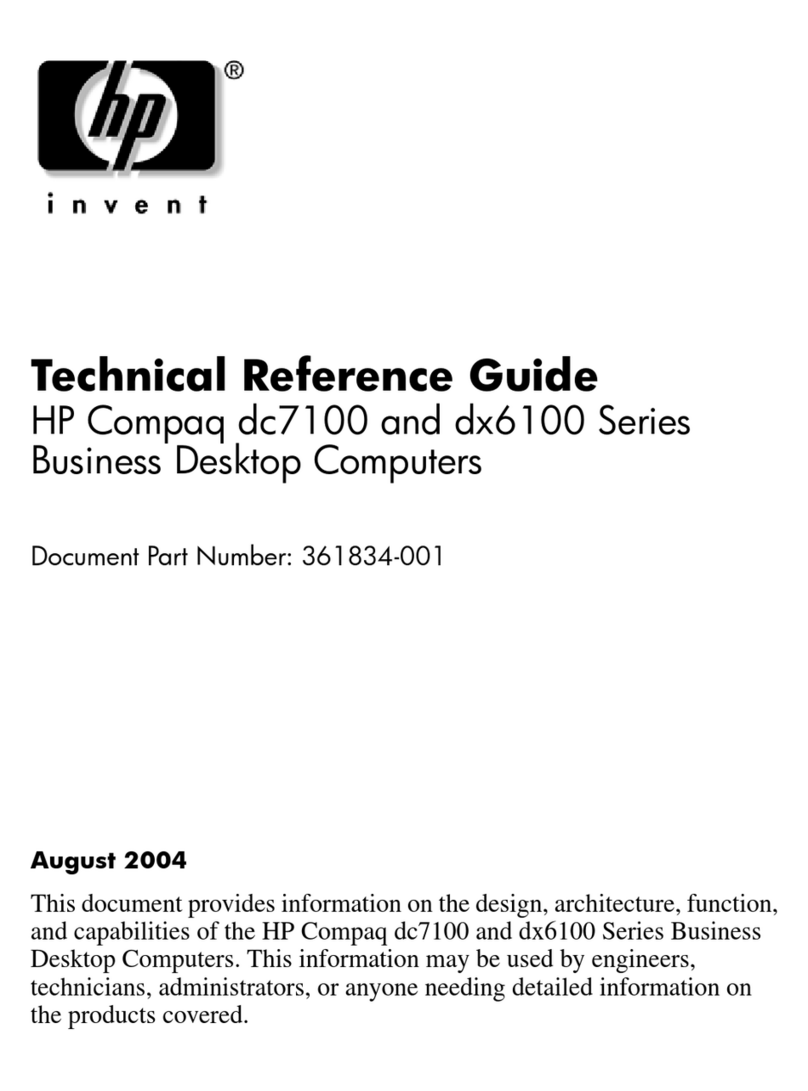
HP
HP Compaq dx6100 Series Use and care manual
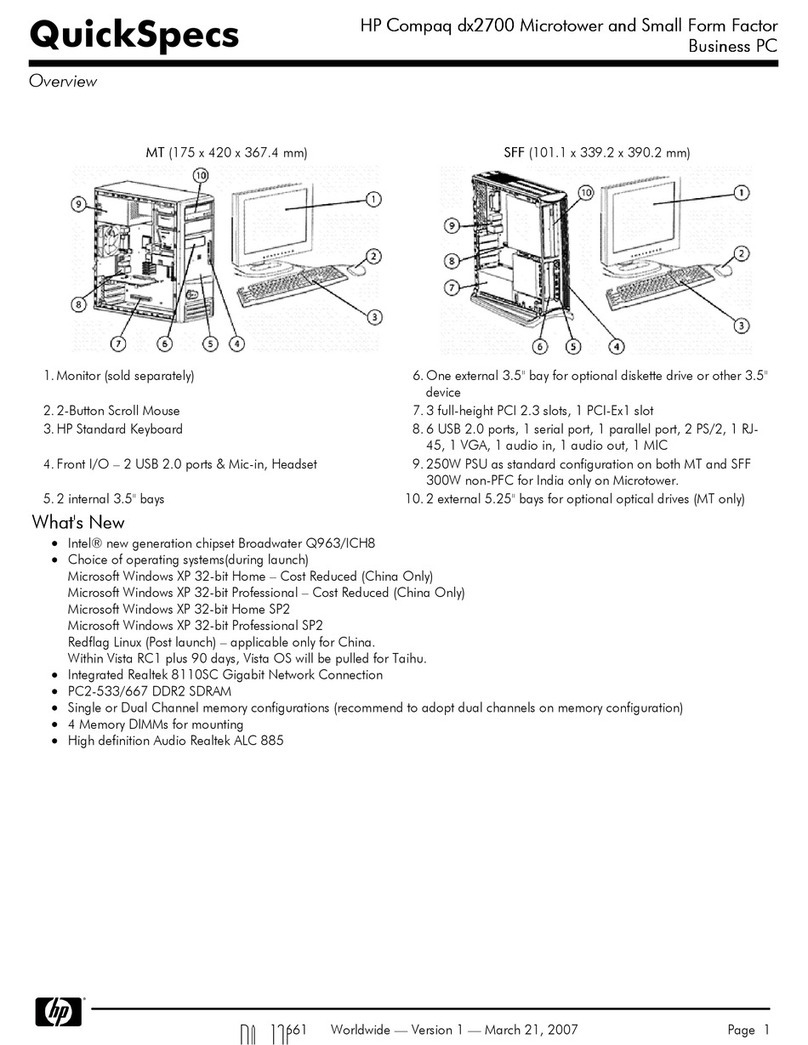
HP
HP Compaq dx2700 Microtower and Small Form... Installation guide
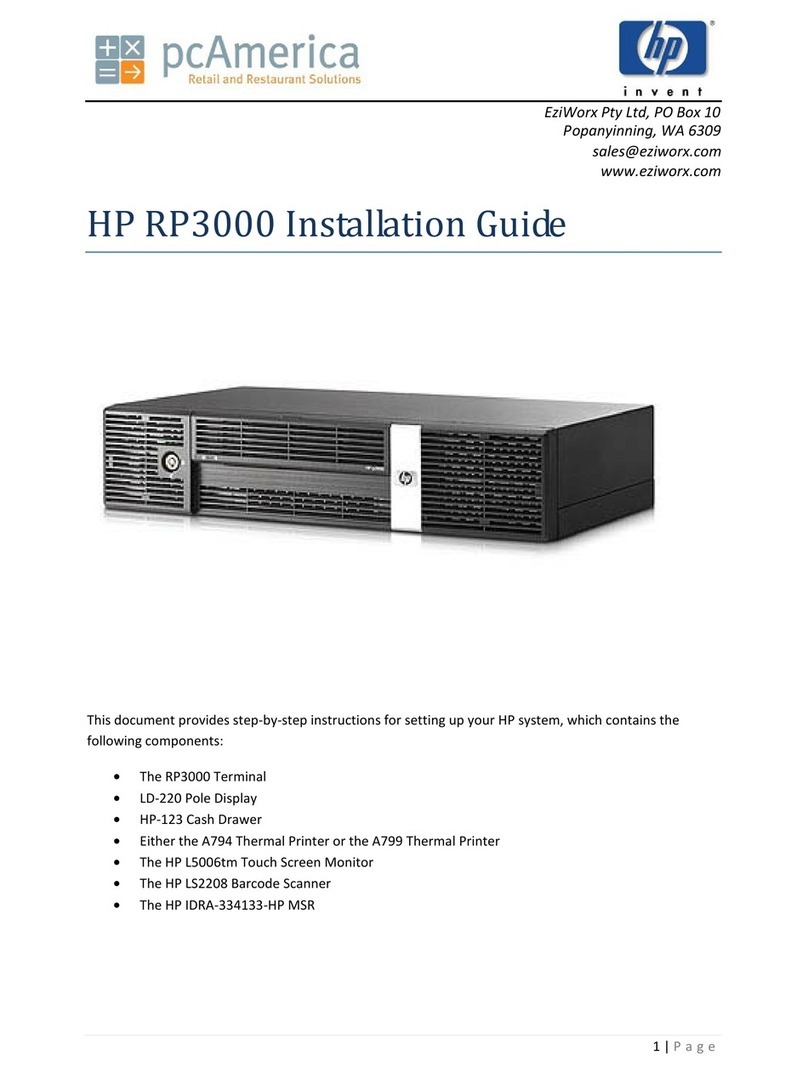
HP
HP Rp3000 - Point of Sale System User manual
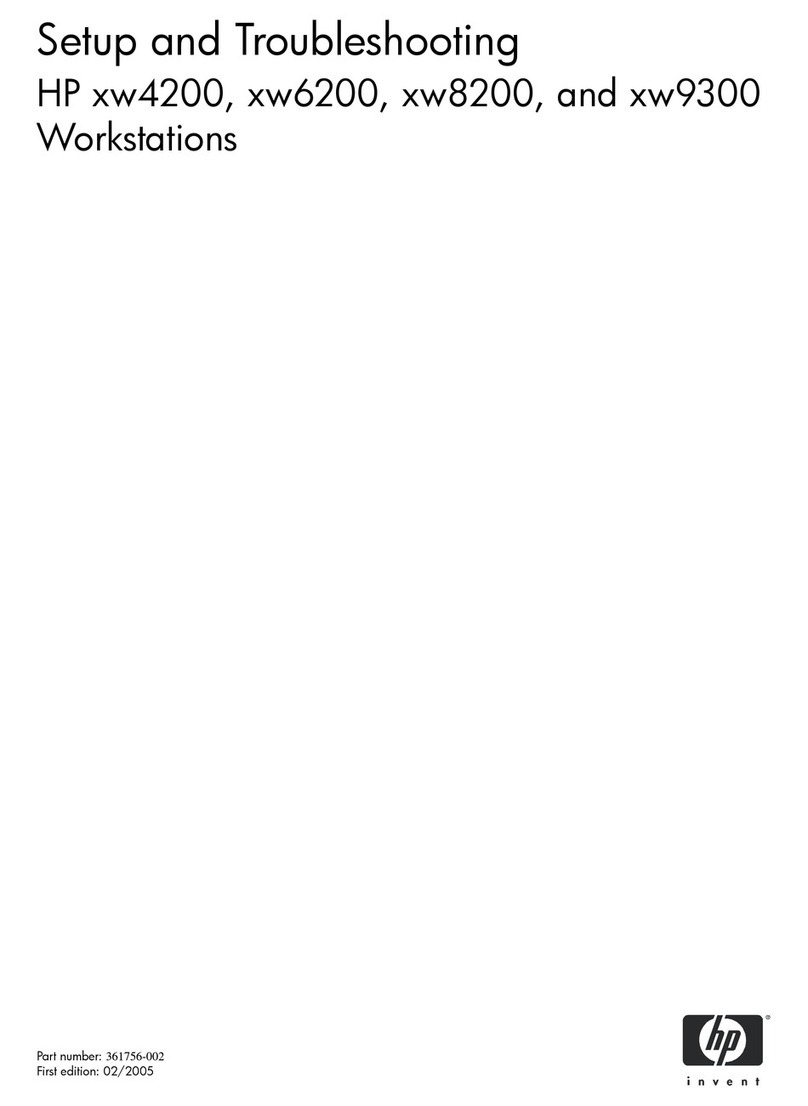
HP
HP ZX2000 User manual
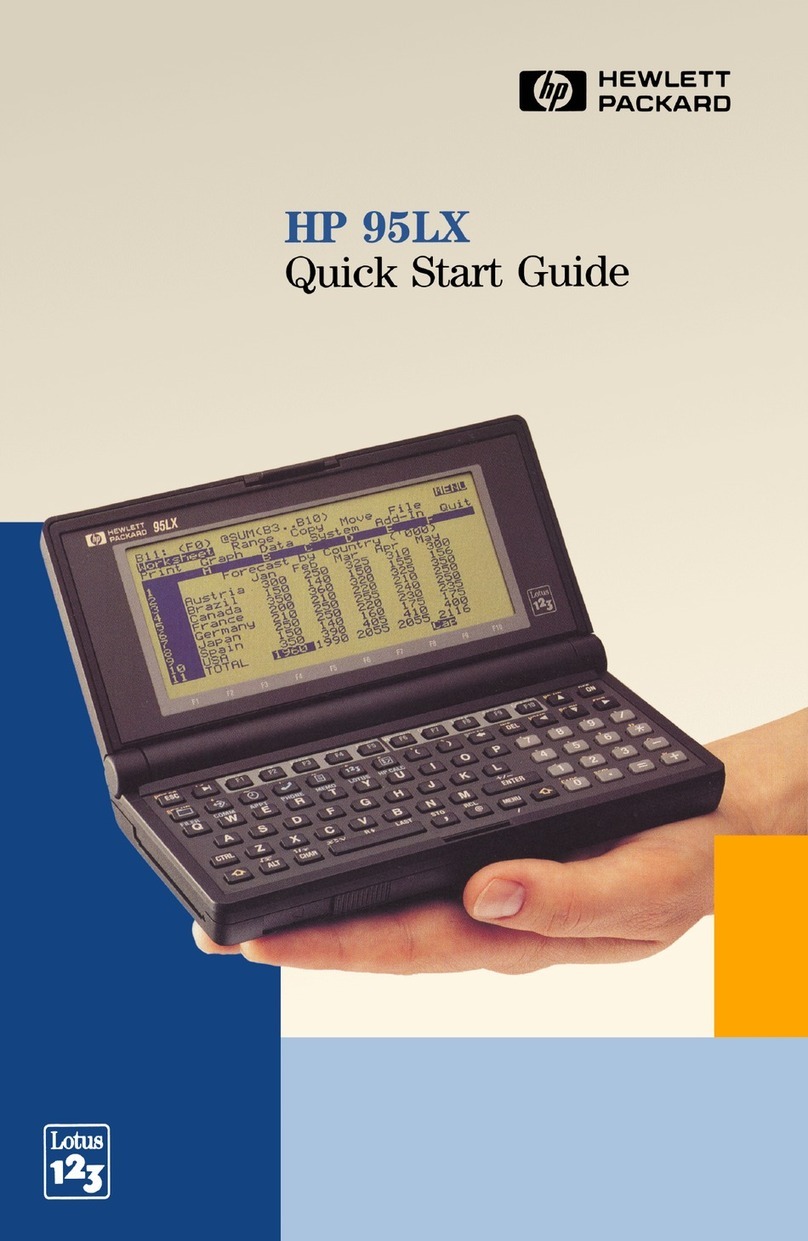
HP
HP 95LX User manual
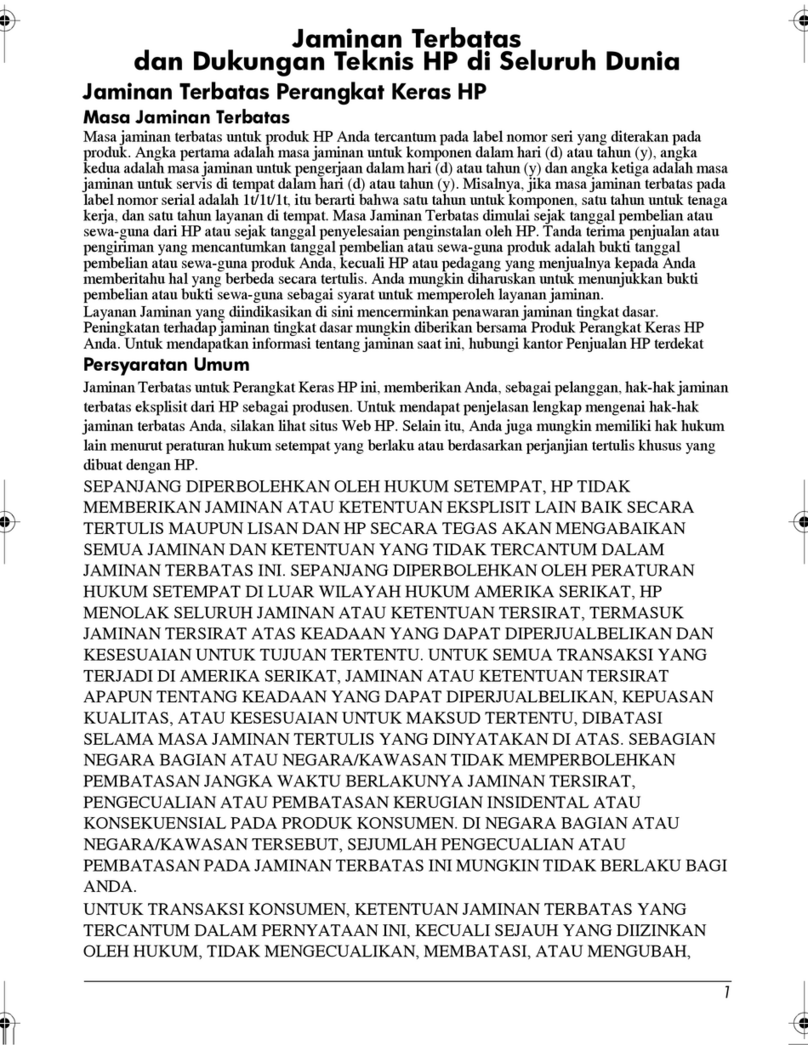
HP
HP Workstation xw8000 Parts list manual
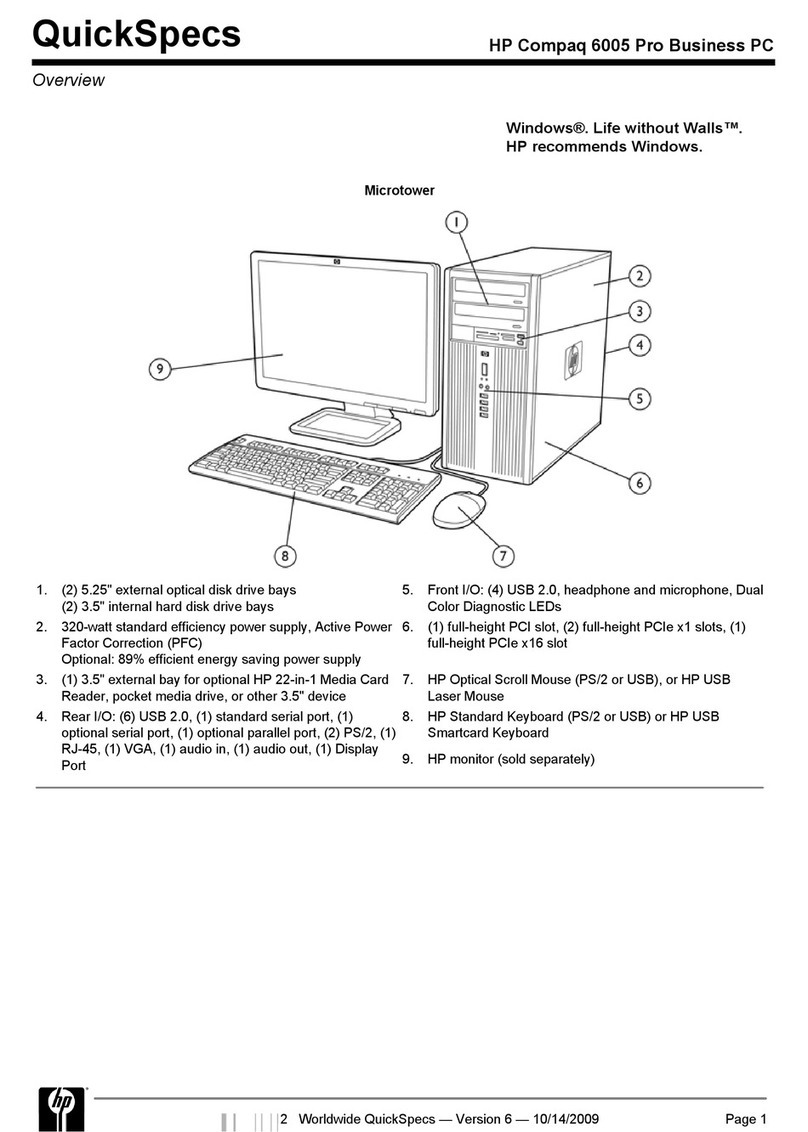
HP
HP COMPAQ 6005 User instructions

HP
HP Compaq Presario Manual
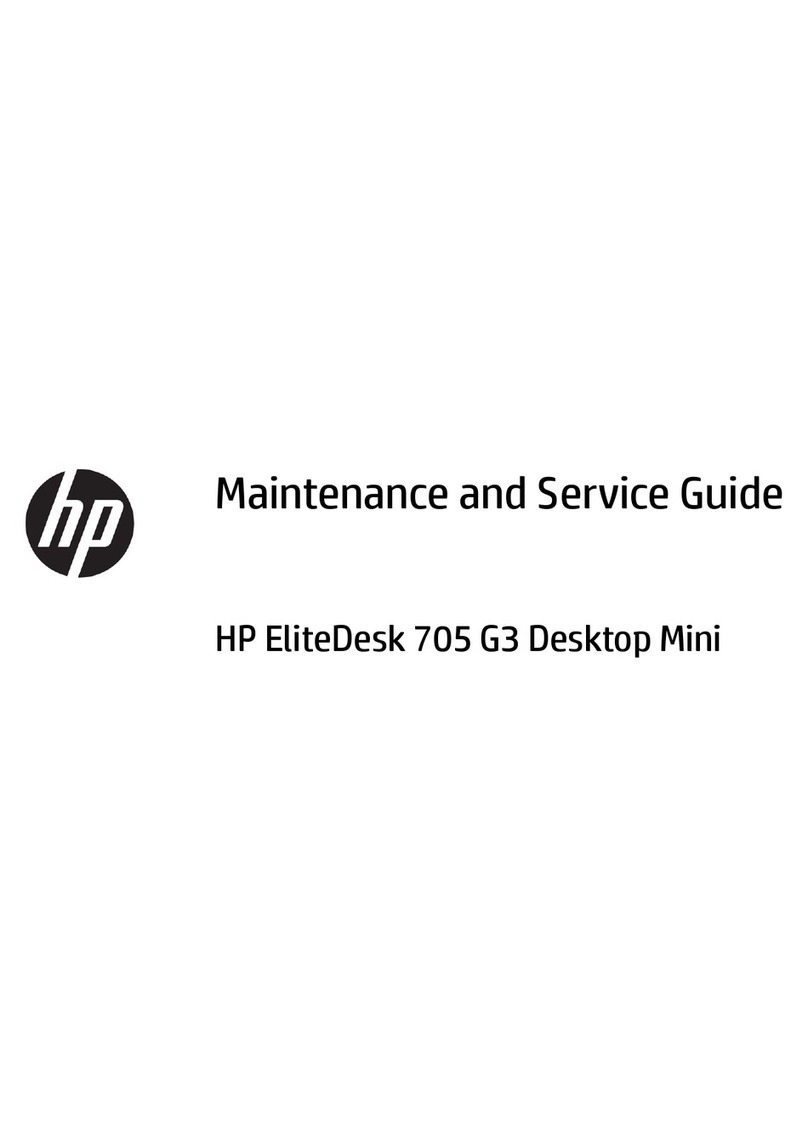
HP
HP EliteDesk 705 G3 Manual
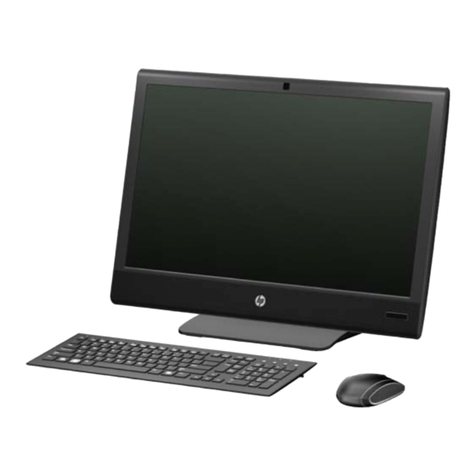
HP
HP TouchSmart 9300 Elite User manual

HP
HP -380467-003 - COMPAQ PRESARIO C300 C500 C700 F500 F700 LAPTOP... Installation instructions
